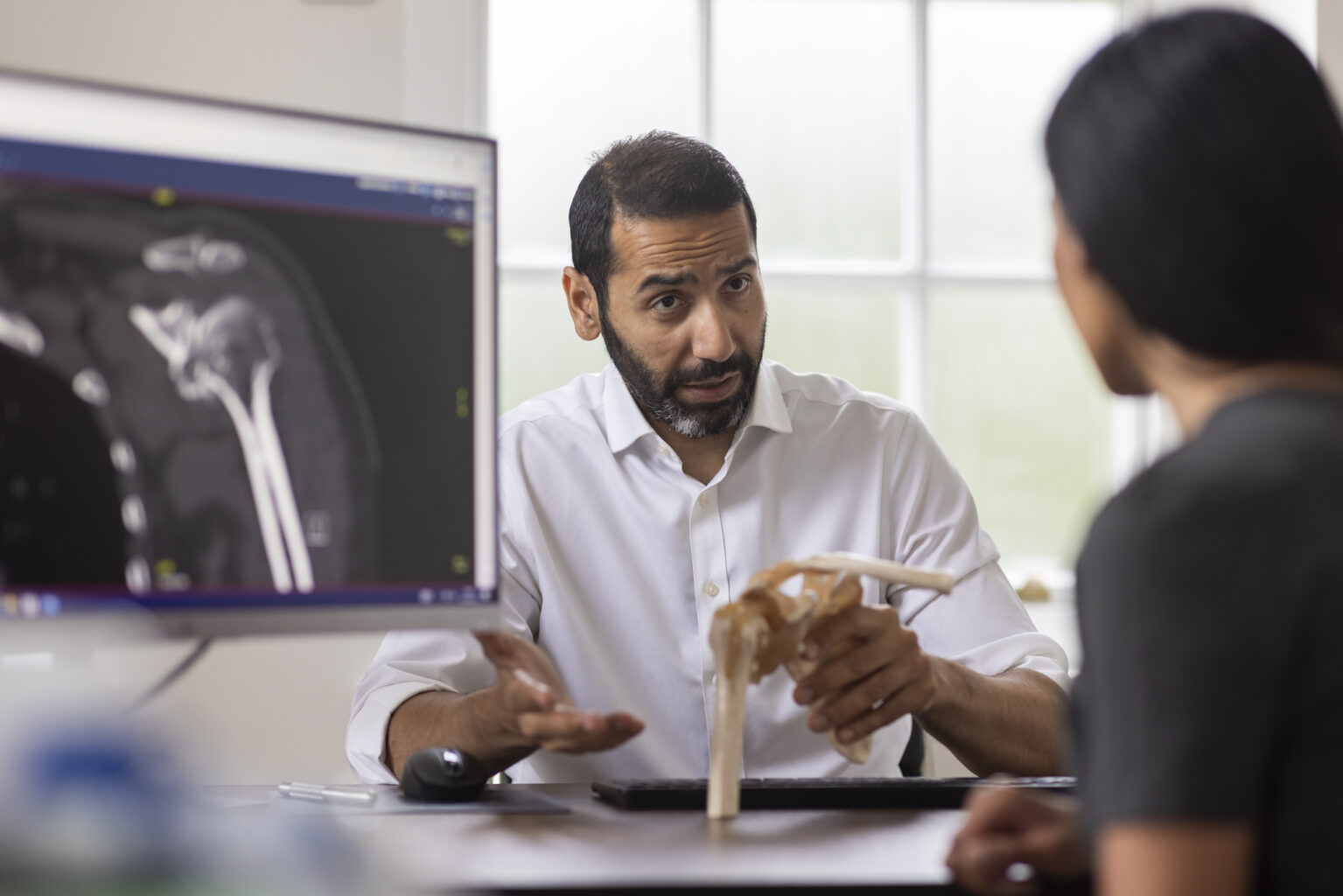Key Treatments
We provide consultations, specialist imaging, physiotherapy and state-of-the-art surgical facilities under one roof in a clean and pleasant environment, and are fully equipped to surgically manage all types of shoulder and elbow disorders.
If you don’t see the required treatment below, get in touch for more information.

